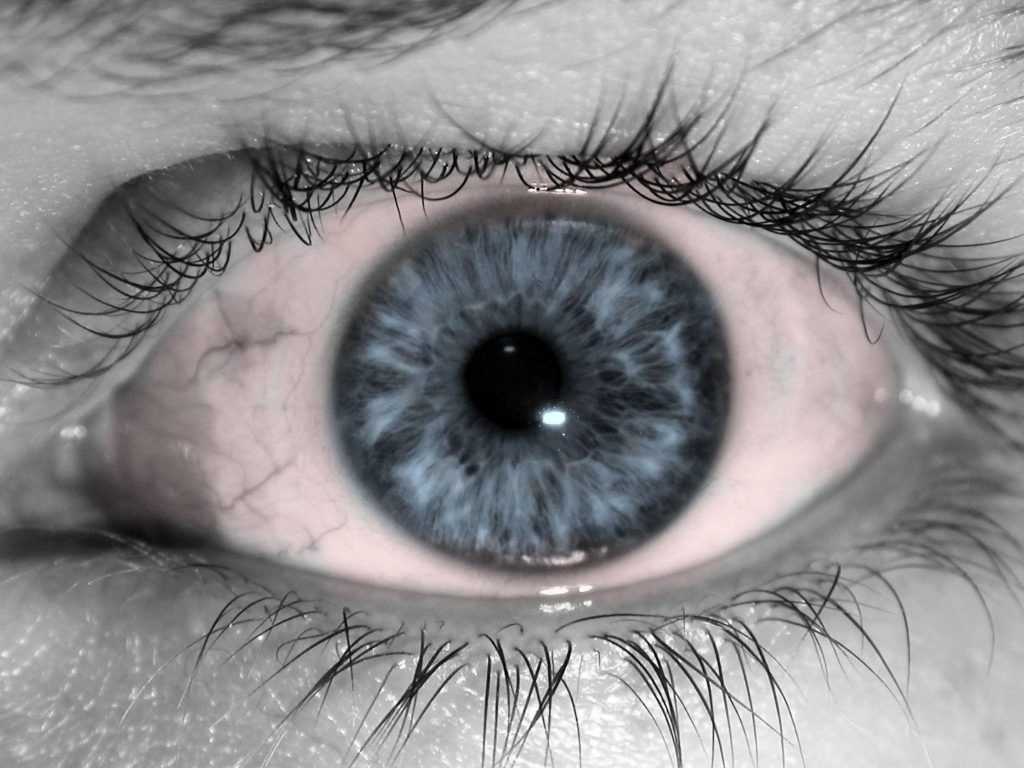
Children lead a social life where they meet hundreds of other children and adults on a daily basis. From school to playtime, they are always surrounded by people. While that is great for their growth, it also affects their health. Children tend to play in the dirt and often pick up germs and bacteria. They are more prone to infections, especially ones that are contagious like pink eye.
What is Pink Eye or Conjunctivitis?
The translucent membrane (conjunctiva) that borders your eyelid and covers the white area of your eyeball is inflamed or infected with pink eye (conjunctivitis). Small blood vessels in the conjunctiva become more apparent as they get irritated. It’s because of this that the whites of your eyes seem crimson or pink.
Pink eye occurs because of a viral or bacterial infection or an allergic reaction. In babies, it can occur because of an incompletely opened tear duct. Though pink eye might be bothersome, it seldom causes vision problems. Pink eye can be relieved with a variety of treatments. Because pink eye is contagious, it is best to diagnose and treat it as soon as possible so as to avoid it spreading to others. (Mayo Clinic Staff)
Symptoms of Pink Eye in Children
Your child can have pink eye if they have symptoms like pink or red eyes, watery eyes, itchy or burning eyes, a discharge of green, yellow, or white fluid from the eyes, a crust along the eyelids or eyelashes, which might prevent their eyes from opening. It may also cause swollen eyelids, blurry vision, sensitivity to bright lights, a lump in front of their ear or even the feeling that something is stuck in their eye. Being one of the most common eye problems among children, your child might get pink eye if they come in contact with someone who had pink eye, if they suffered from respiratory issues, come in contact with an allergic component or wear contact lenses. (National Eye Institute)
How can Pink Eye be Treated?
Pink eye which is caused by a virus normally goes away on its own. Antibiotic eye drops or ointment are used to treat pinkeye caused by bacteria. It might be difficult to get children to accept eye drops multiple times a day. If you’re having problems, place the drops on the inner corner of your child’s closed eye, and the medicine will flow into it when he or she opens the eye. If drops aren’t working, talk to your doctor about antibiotic ointment, which can be applied in a thin layer where the eyelids meet and melts into the eye.
Your child may feel more at ease if you apply cool or warm compresses to their eyes. Using warm water and gauze or cotton balls, gently clean the infected eye’s margins. This can also be used to get rid of the crusts of dried discharge that cause the eyelids to stick in the morning.
If your child wears contact lenses, your doctor or an eye doctor may advise against wearing them until the infection has cleared up. Then, at least twice, clean the lenses and their storage case before wearing them again. If your child wears disposable contact lenses, discard the old ones and replace them after the infection has cleared. (Kids Health)
When your child starts showing symptoms of pink eye, it is advisable to keep them away from school, camp or playdates so it does not spread to others. While pink eye may get better without any treatment, you should consult a doctor as soon as possible and get treatment before it becomes more serious.
Works Cited
“Pink Eye.” National Eye Institute, U.S. Department of Health and Human Services, 2019, www.nei.nih.gov/learn-about-eye-health/eye-conditions-and-diseases/pink-eye.
“Pink Eye (Conjunctivitis).” Mayo Clinic, Mayo Foundation for Medical Education and Research, 16 June 2020, www.mayoclinic.org/diseases-conditions/pink-eye/symptoms-causes/syc-20376355.
“Pinkeye (Conjunctivitis) (for Parents) .” KidsHealth, The Nemours Foundation, June 2017, kidshealth.org/en/parents/conjunctivitis.html.
